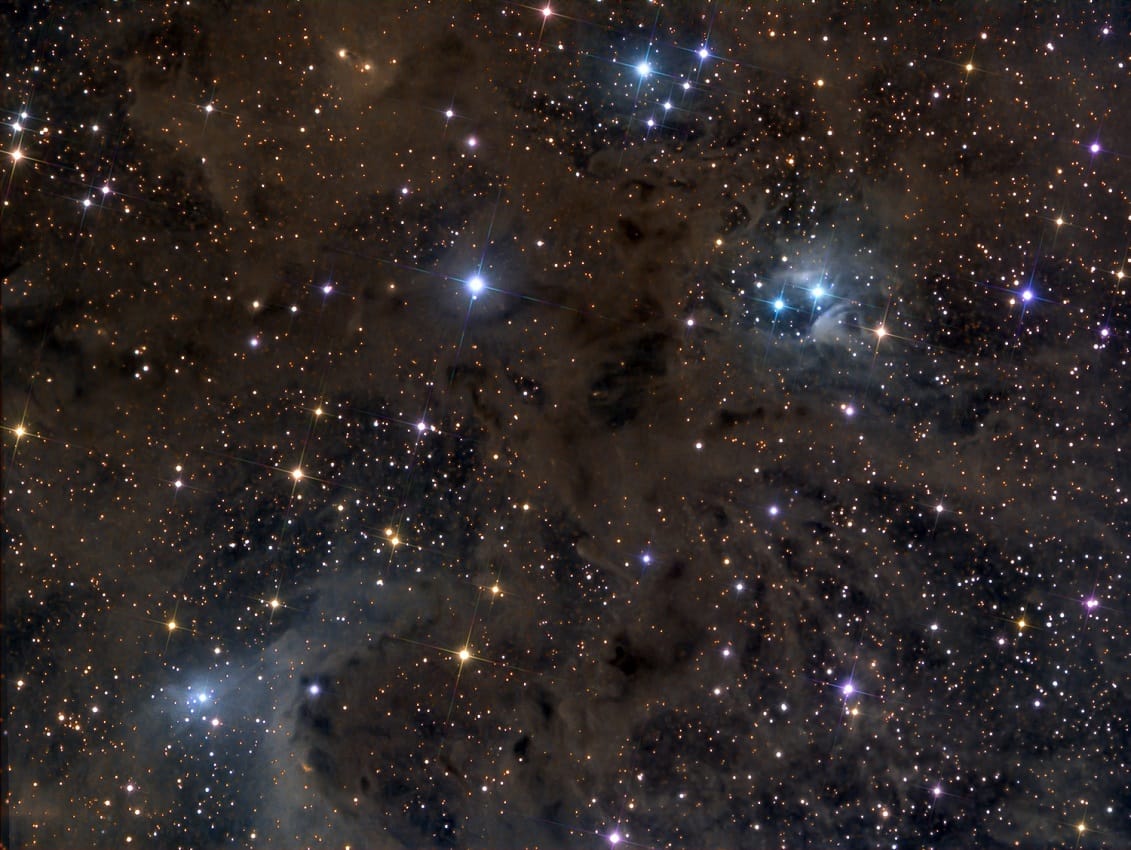
Essay on Stardust
The work is dedicated to the music and song “Stardust” itself. This essay consists from summarizing and analyzing the information and thoughts, given in different works about the theme. The essay sheds light on the main argument of the meaning and determining of different points of view about the chosen song. Detailed overview can allow getting the main ideas, advantages and disadvantages of a big amount of thoughts and arguments. The song “Stardut” is popular even nowadays (in spite the fact that it was composed over 80 years ago). One of the main ideas of the paper is to discuss the history of the song and its composer, to compare different interpretations/improvisations of the song and include all the differences of the style of jazz (does the same song sound different when recorded in 1938 compared to 1998?).
“Star Dust” is obviously a song about song about love—a genre relatively rare in American popular music. There had been such songs before: Irving Berlin’s 1909 “That Mesmerizing Mendelssohn Tune” (about the great German composer’s famed Spring Song) is one example among many. But none had been a major song about a song—particularly a song that didn’t actually exist. This was new (Sudhalter 2003, p.123). Original title of the song was “Star Dust”, later it was changed on “Stardust”. It was written at the Finger Lake in Western New York and recorded in Richmond by Carmichael for Gennett Records (Gennett 6311) on October 31, 1927. The Dorsey brothers and Emil Seidel and his Orchestra were members of one team. Carmichael’s career, obviously, started very succesful in 1927 with the song “Stardust”.
Originally, the “Stardust” was a mid-tempo and peppy jazz instrumental. Later Mitchell Parish created lyrics for this song, which was based on his own ideas and Carmichael’s and it was published in 1929. In October 1928 was recorded a slower version. However, the real transformation and changes were on May 16, 1930 by bandleader Isham Jones, who made a sentimental ballad. Later the song became a standard of an American in this style an it was recordered by thousands of artists.
Arthur Jacob Arshawsky (or Artie Shaw) and the swing era changed “Stardust” with a Billy Butterfield’s trumpet solo. His brave and fresh way to express his ideas in music led him to the success. Several recorded examples of the song were definitely notable. His “Stardust” recording can be heard in the huge amount of films, such as: “The Man Who Fell to Earth”, “The Aviator”, “Nightmare,” and others. His version was totally new and differed from the original version of the “Stardust” so that it was met with joy and satisfaction. Shaw’s version, I believe, was one of the best of all the huge amount of existing recordings.
I think it will be appropriately to mention that Carmichael got more recognition when Paul Whiteman recorded “Washboard Blues”, with Carmichael playing and singing, and the Dorsey brothers and Bix Beiderbecke in the orchestra. Despite his growing fame, at this stage Carmichael was still held back by his inability to sight-read and notate music properly, though innovative for the time. With coaching, he became more proficient at arranging his own music (Sudhalter 2003, p.123). It is obvious that the same song sound is different when it recorded in 1927 and in 1931 and especially in 2000, because not only people and their views change but also styles of music, directions and ways to express it.
Next composer and musician (about whom I want to tell about) is Charlie Calello. Frankie Valli met a group of young musicians one night in a Netwark’s nightclub in New Jersey. He was totally blown away by their performing. When he knew who arranged the materials of the band he was introduced to Calello. Over the fifty years later, Charles Calello recorded over ten top hits, many of them were nominated for Grammy’s. Thus, he can be named as one of the most successful and the greatest arrangers of current society. The unusual arrangement of “Stardust” on the CD “Charlie Calello & His Orchestra -Calello Serenade,” a 1979 release on the Unidisc Music label, is an outstanding example of his creativity (Newark Arts High School 2008, p. 10)(see Figure 1).
It was 1930s when “Stardust” was covered by almost every prominent band of that era. Versions have been recorded by Bing Crosby, Louis Armstrong, Tommy Dorsey, Glenn Miller, Frank Sinatra, Billie Holiday, Fumio Nanri, Dizzy Gillespie, Nat King Cole, Mel Tormé, Connie Francis, Jean Sablon, Keely Smith, Terumasa Hino, Harry Connick Jr, Ella Fitzgerald, The Peanuts, Django Reinhardt, Barry Manilow, John Coltrane, Earl Grant, Willie Nelson, Billy Ward and His Dominoes, George Benson, Mina and many others (Sudhalter 2003, p.112). However, the nature of improvisation of each musician was one, I think, – every talented person tries to express their thoughts and ideas through their works of art. Different eras changed music and its styles. Nowadays music became harder and more impressive, franker and more “naked”. In the times of Carmichael music tried only to let fall a hint not say directly, music was more romantic and softer. And, to be honest, current musicians, who take in account all the history of past and add new, fresh breathe to their music, can make the song strong, breathtaking and impressive.

